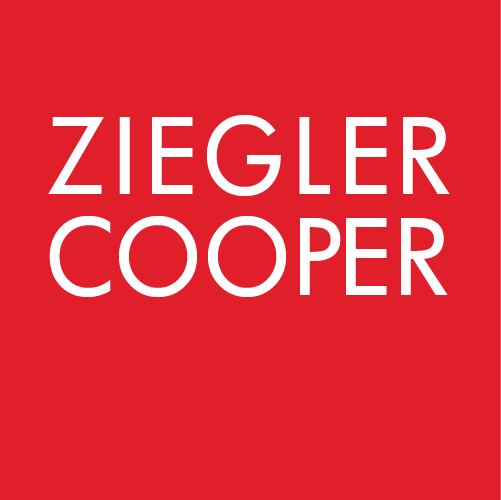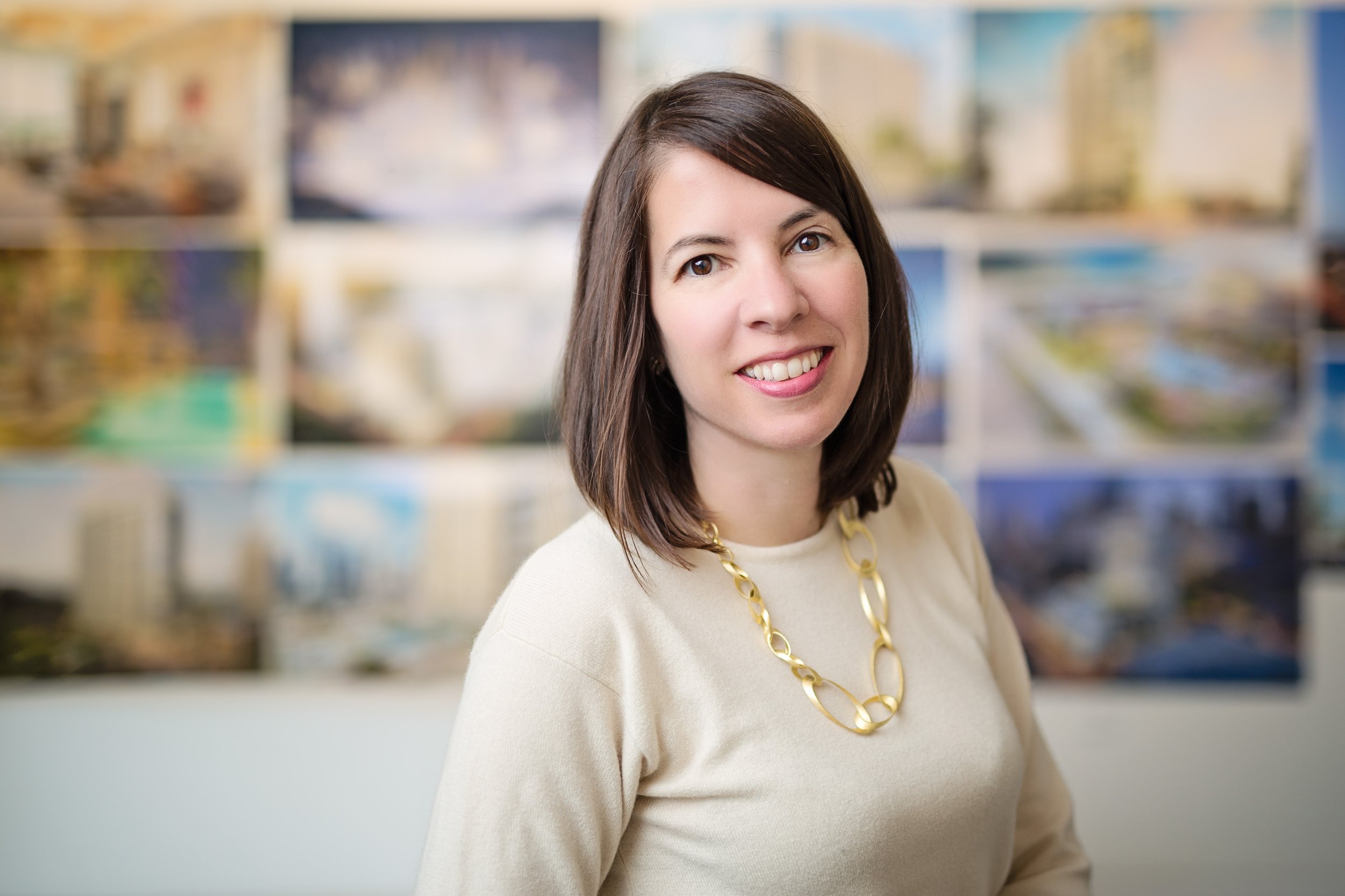Team Member Q&A: Amy Jochem
Q: In your role as Practice Area Leader for the Workplace Interiors studio, what are the benefits to both the landlord and corporate tenants of your expertise?
AJ: In the past, every project has traditionally had the same three components to be met and managed, meaning they all have a design directive, a budget, and a schedule. For a corporate client, design has typically been the main driver, whereas for a landlord, the budget and schedule dictated most of the decisions.
In recent years, talent attraction and retention have risen in importance because of changes in the office environment that employees want in to see their workplace. Consequently, design has become just as important as budget and schedule for landlord projects. Similarly, corporate clients have become more budget and schedule conscious because of rapidly changing and more varied pressures on the workplace.
Having worked on both landlord design teams and corporate design teams for 20+ years, I am comfortable with both scenarios. I can manage a landlord project team where there is a need for high design, and I can manage a corporate job that has a sensitive budget and schedule, or vice versa.
Q: For more than forty years, ZCA has been Houston’s go-to firm for landlord services and also for our valued corporate clients. Many of those relationships span decades. For new clients of both types, what would you say is the ingredient that marries high design for corporate clients with our high standards of service for landlord services?
AJ: Without a doubt, I would say communication. Asking the right questions and actively listening are the keys to helping each client create a solid vision with its accompanying goals for a project. To deliver a successful project – no matter what type of project it is – our work hinges on eliciting those things effectively.
Q: Your success with clients and with the firm as a whole has been attributed to your outstanding leadership skills. You have worked hard to foster an environment that celebrates hard work and continual learning while cultivating a fun team spirit. Two questions: 1) How do you balance your diverse roles; and 2) What advice would you give to designers who aspire to leadership roles in the industry?
AJ: I balance diverse roles by not over-committing to any particular aspect of the job. Lack of balance can lead to burn-out or problems in other areas. I would say to anyone aspiring to leadership to pause and consider why it is that they want a leadership role. Do they like leading people? Do they want people to look up to them? Do they have a vision for how a firm should be run? Do they just want to make more money (which is not a bad thing)? Finding the reason why a person is interested in leadership allows for room for the person’s passion to guide his or her career. There are many ways to be a leader, and not all of them make sense for everyone. For example, if the person is an introvert but wants to make more money, being front-and-center is not going to make them happy. In that situation I might encourage a person to become licensed, become a subject-matter expert on a needed topic, or to become a more technical specialist in the firm. If a person loves meeting people and developing business but doesn’t like managing financial aspects of projects, then project management may not be the right role for them. A more business development-heavy role might give them additional fulfillment. You get the idea. It’s not a one-size-fits-all approach, especially when you understand that not everyone can be in charge. My role is to help individuals find opportunities that match their passion. If I can help each person do that, then the roles, financial rewards and growth will come naturally.
Q: Tell us about what you like to do for fun?
AJ: Outside of work I love spending time with my family and traveling to Colorado. In my free time I love to volunteer, whether it’s with my son’s activities or with the German Shepherd Rescue group that our family supports.


